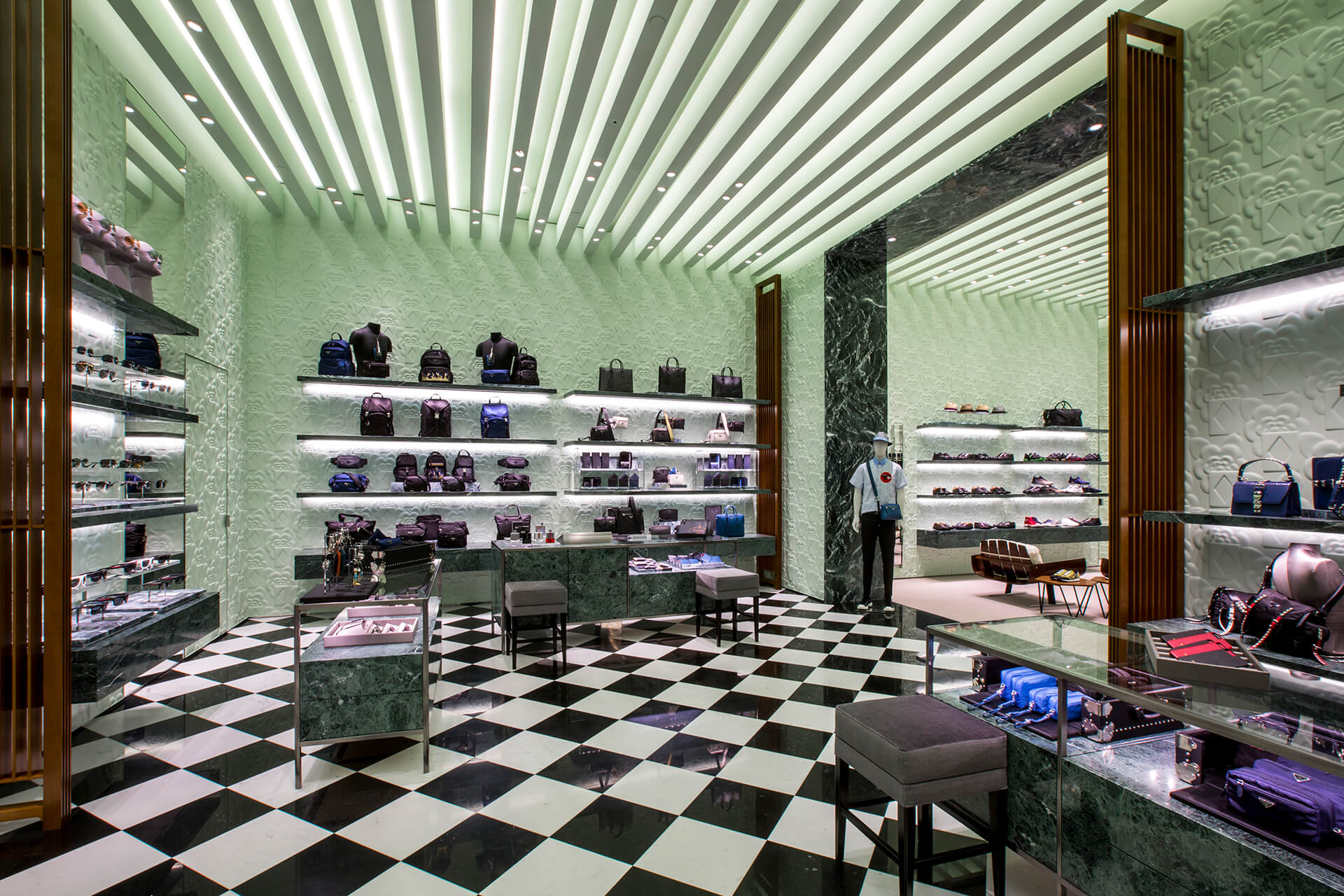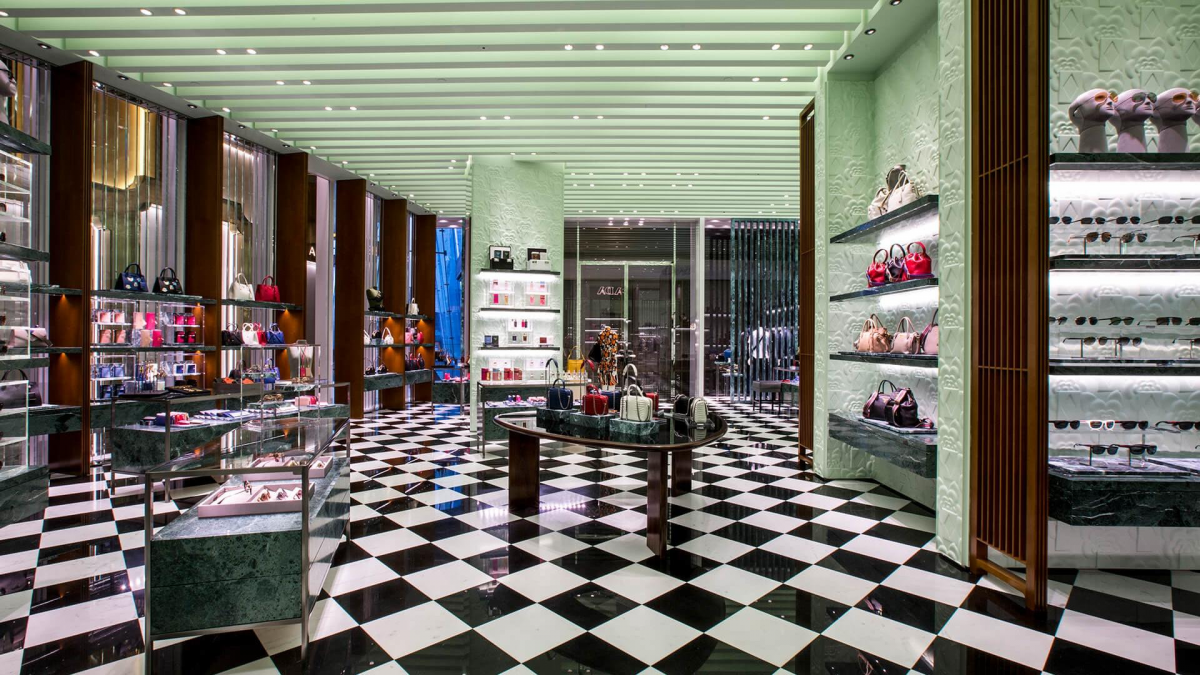Prada has signed the first business loan in the luxury goods sector with an annual interest rate that is linked to its environmental practices. The five-year, €50-million loan with France’s Credit Agricole Group will see interest rates lowered based on the ‘achievement of ambitious targets related to sustainability’. Key among these is ensuring that a set number of retail stores meet gold or platinum LEED (Leadership in Energy and Environmental Design) green building standards.
Prada is one of an increasing number of businesses exploring how they can link access to capital to their sustainability programmes, to the benefit of both. Data from Bloomberg shows that sustainability-linked loans have grown in value from €9.5 billion in 2017, the year they were introduced, to just over €72 billion in 2019. For many of these deals, reducing the environmental impact of building developments is a core stipulation.



One of the stipulations of Prada’s sustainability-linked loan is that a set number of retail stores meet strict green building standards. The brand’s Iconsiam concept store in Bangkok is pictured.
Brands across sectors such as hospitality and workplace have pursued such arrangements in the last couple of years. In 2018, AccorHotels received a €1.2 billion banking credit whose margin will be dictated by environmental and social performance, particularly the creation of more carbon-neutral buildings. And last summer Chinese developer Swire Properties converted an existing €58 million loan into a sustainability-linked one that will be partly used to fund ongoing green developments such as Two Taikoo Place, a major new office tower in Hong Kong.
Such financial products make particular sense for retailers – a notoriously debit-hungry sector – helping to reduce the cost of maintaining their liabilities as well as satisfying consumer desire for better climate stewardship. And the growth in sustainability-linked loans could have a particularly dramatic effect on retail spaces as more brands aim to achieve green building certifications such as LEED – the most widely used – in order to meet creditor demands.
What could this look like in practice? Achieving a high LEED score would require retail designers to maintain more non-structural elements such as interior walls, doors, floor coverings and ceiling systems. It would even promote a kind of proxy localism, as points are awarded for using materials drawn from each store’s immediate region. Access to light would be key, as well as offering external views in any regularly occupied areas of the building. At a time when store design is going through a maximalist period, both in terms of the extravagance of interior aesthetic and the pace of change, meeting such criteria will be challenging. Retail currently makes up only 12,873 of the 100,000+ LEED-certified projects around the world. If that number is to grow, retail designers will likely be required to rethink how to achieve excess.

